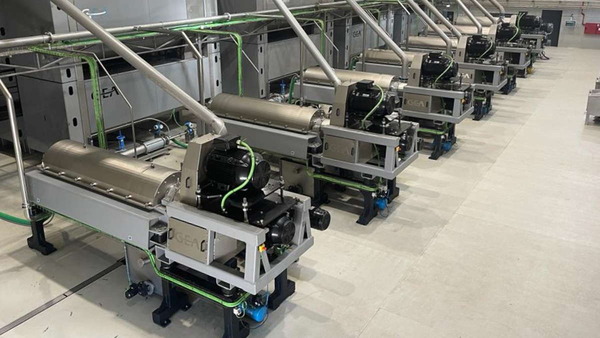The net income of the olive grower is determined by a series of factors, one of which is the way in which the olive is processed in the mill chosen, and the cost that is passed on to the farmer. In fact, together with the costs that are generated with the exploitation of the olive tree according to its typology, it is the most important factor in the generation or detraction of net income, depending on whether the choice has been the right one or, on the contrary, not.
There are around 13,900 olive mills in the world, these mills mill an average of 1.2 million kg of olives.
In Spain there are 1,817 mills, which mill around 3.3 million tons, for the average of the last 4 seasons. From our experience, there is a difference in the cost of obtaining a kg of olive oil of up to 60 cents. A very high value, which directly affects the net income.
However, as an anecdote, there are mills that mill almost 50 times the aforementioned average, i.e. up to 160 million kilograms of olives, with the difference in milling costs that this entails, especially once the break-even point has been reached.
As an example, Portugal, with 502 mills, and an average milled olive of approximately 1.2 million tons, in the case of the neighboring country, only 10 mills mill 46 percent of the total olive, therefore, there is a vital agro-industrial concentration process.
In conclusion, it is essential to select the mill where we will take our olives. This contributes to improve or worsen our net income depending on whether or not we have made the right choice. It could mean up to 12 cents, or even more, of additional income per kg of olives.


